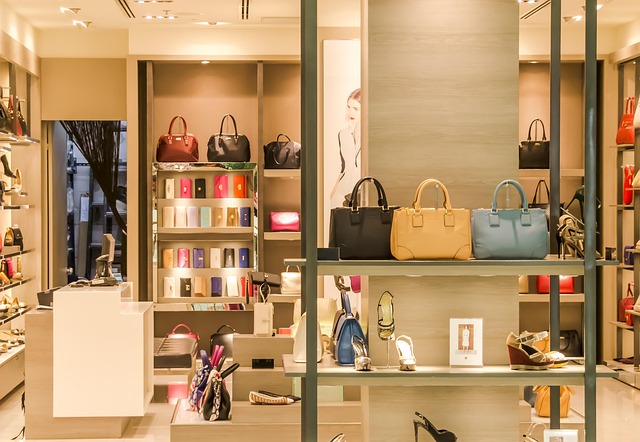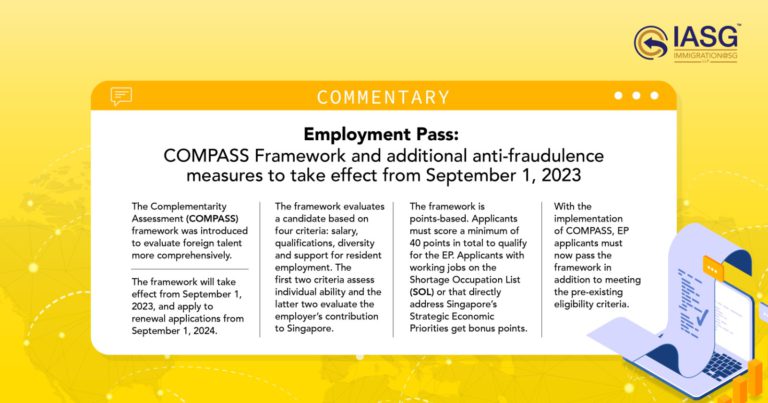Singapore has long prided itself on being a vibrant hub of retail, dining, and lifestyle services. From bustling malls to neighbourhood beauty parlours and a celebrated food culture, the island city-state built a reputation as a convenient, modern, and innovative marketplace. Yet cracks have begun to show.
Retail shops are closing at alarming rates, F&B businesses are folding under financial pressure, and beauty services are making headlines for questionable practices that erode consumer trust. Increasingly, Singaporeans are voting with their wallets, choosing Johor Bahru just across the Causeway for everything from groceries to spa treatments. The question is whether Singapore is slowly losing out to Malaysia in this key sector of daily life and what are the repercussions in local workforce and inbound immigration.
The Weight of Rising Rental Costs In Retail
The most obvious reason for the decline is cost. Rent in Singapore has climbed steeply, with some small operators facing sudden increases of 30% to 50% when leases are renewed. For many cafés, bakeries, or beauty salons, margins are already razor-thin, so a hike of this magnitude leaves little choice but to shutter. High rentals are compounded by rising utility bills, escalating ingredient costs for F&B businesses, and increased wages due to increased minimum salary for foreign workers on Work Passes, straining service standards when businesses run short-staffed.
Retailers face similar struggles. Malls still attract footfall, but e-commerce competition has been eating into brick-and-mortar sales. Smaller shops, unable to compete on both rent and online convenience, are squeezed out. Only the biggest chains or luxury boutiques with strong brand presence seem able to weather the storm. The result is a hollowing out of mid-tier lifestyle businesses that once gave Singapore its diversity and neighbourhood charm.
The Shift to Unsustainable Retail Business Practices
When survival becomes a daily battle, some businesses turn to questionable practices to make ends meet. This has been particularly visible in the beauty sector, where aggressive package-selling, high-pressure sales tactics, hidden charges, and misleading promotions have been reported. Aesthetic clinics and parlours that once promised affordable luxury now rely on locking customers into expensive, prepaid packages, amounting to thousands of dollars. Consumers, feeling trapped or cheated, lose trust in the industry.
In F&B, some restaurants have cut portion sizes while keeping prices the same or even higher, sparking frustration among diners. Others skimp on ingredients or cut corners on service in order to survive the rising costs. Retail shops, facing mounting expenses, have raised prices far beyond what consumers feel is reasonable, leaving them vulnerable to comparisons with nearby Malaysian city, Johor Bahru, where goods and services often cost significantly less.
These practices may provide temporary relief for business owners, but they ultimately backfire. Once trust is lost, customers leave and with them goes the long-term sustainability of the business.
Why Johor Bahru Is Winning in Lifestyle Retailing
Rent and labour costs in Johor Bahru are significantly lower, allowing businesses there to provide services at a fraction of Singapore’s prices. For Singaporeans, this makes everyday essentials and lifestyle indulgences far more affordable. Groceries can cost up to 25% less, dining out comes with bigger portions at lower prices, and beauty services from hair colouring to spa packages are available at a third or half the price of what Singapore charges.
Just as crucially, many Singaporeans report that service in JB feels friendlier and more personalised. Without the same cost pressures, businesses are less aggressive in upselling and more focused on retaining repeat customers through genuine value. For beauty services in particular, this has become a major draw. Singaporeans weary of pushy sales tactics at home often describe JB’s beauty parlours and spas as refreshing, transparent, and trustworthy.
With more Singaporeans crossing over the border more frequently for these lifestyle necessities, businesses in Johor Bahru thrives. Coupled with Singapore’s strong currency, businesses in Johor Bahru are taking advantage of Singaporeans’ purchasing power without compromising on the value of their products and services.
Singapore’s Edge in Lifestyle Businesses
Singapore, however, retains strengths in quality assurance, hygiene standards, and premium positioning. Its beauty clinics are highly regulated compared to those across the border, giving some consumers peace of mind. High-end restaurants and luxury retailers still thrive on brand power, tourism, and prestige. The target market for these are high income locals and tourists, thus affecting the majority of Singapore’s population. At the mass market level, the everyday shops, eateries, salons, and services that form the texture of daily life, Singapore is bleeding competitiveness.
Effects of High Rental Costs For Retail in Singapore
The danger is not only economic leakage but also cultural. As more independent F&B outlets, small retailers, and beauty services close or resort to unsustainable practices, Singapore risks losing the diversity and vibrancy that once defined its local lifestyle scene. In its place may come either sterile chains or empty storefronts, leaving consumers further disenchanted and more inclined to cross into Johor Bahru.
On the other hand, many small businesses have turned to become a micro business by selling from home or otherwise known as home-based businesses (HBB). While rental costs get slashed, costs for consumers are now higher due to food delivery service.
What Can Be Done to Help Small Lifestyle Businesses in Singapore?
Rental Price Regulation
If Singapore wants to prevent further hollowing out of its lifestyle economy, structural reforms and targeted support will be key. The first area to address is rent. Commercial landlords currently enjoy wide leeway in rent-setting, often raising prices drastically once businesses prove themselves successful. Introducing more transparent leasing practices, longer tenancy periods with capped rent hikes, or community rent support schemes could give small operators breathing room to survive.
Labour Policy Amendment
Labour policies also need fine-tuning. Many small F&B outlets and beauty parlours depend on foreign staff to supplement local hires, but restrictions make this difficult and costly. Allowing more flexibility for small enterprises to access foreign manpower while still encouraging fair wages for locals, would ease one of their heaviest burdens.
Business Practice Regulation
Consumer trust is another area requiring attention. In the beauty sector especially, stricter enforcement against aggressive sales tactics and misleading promotions would help restore confidence. Clearer regulations on package sales, mandatory cooling-off periods, and harsher penalties for malpractice could level the playing field for honest operators.
Government Support
Finally, government support in the form of grants, digitalisation incentives, and training programmes can help small retailers modernise and compete. Many independent grocers, salons, and eateries lack the resources to adopt technology that improves efficiency or customer outreach. With targeted assistance, they could upgrade operations, tap into online sales, and build loyalty through better service and marketing.
Effects on Singapore’s Retail Landscape Due to High Rental Costs
The decline of lifestyle-based businesses in Singapore is not due to lack of demand but rather to structural challenges: relentless rent hikes, rising operating costs, labour shortages, and eroded consumer trust. Some businesses respond by shutting down; others, by resorting to short-term practices that alienate their customers. Meanwhile, Johor Bahru, with its lower costs and friendlier value proposition, becomes the natural alternative for Singaporeans seeking affordability and fairness.
If Singapore wishes to prevent a hollowing out of its lifestyle economy, it must address these root issues. Without change, the daily spending of its citizens, from groceries and meals to spa treatments and haircuts, will increasingly drift across the Causeway, and with it, an essential part of Singapore’s social and economic vibrancy.







